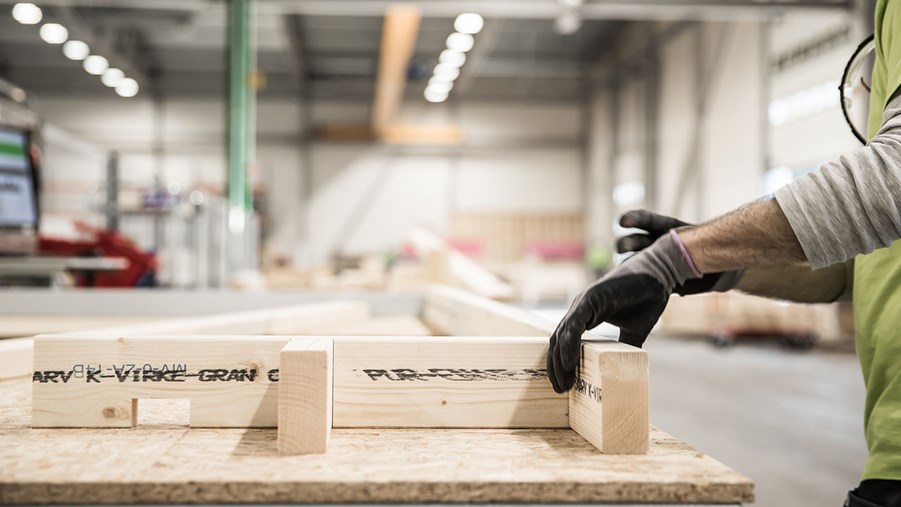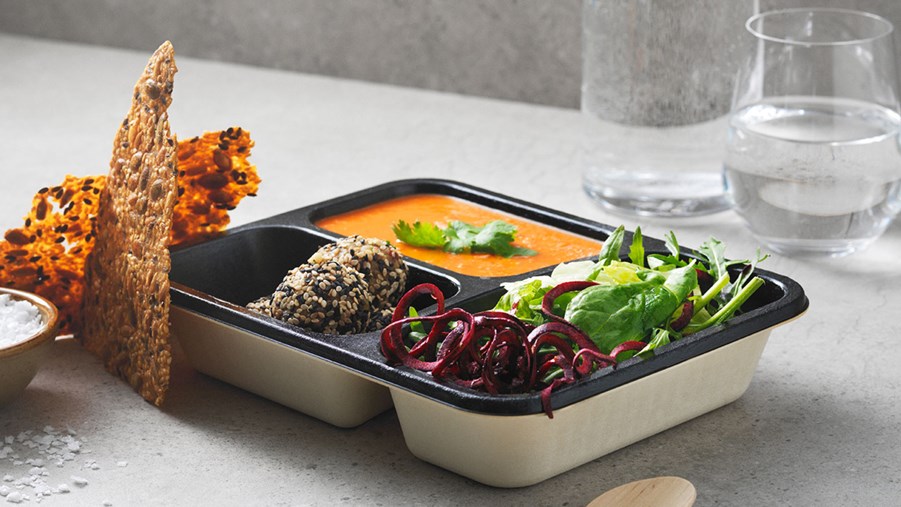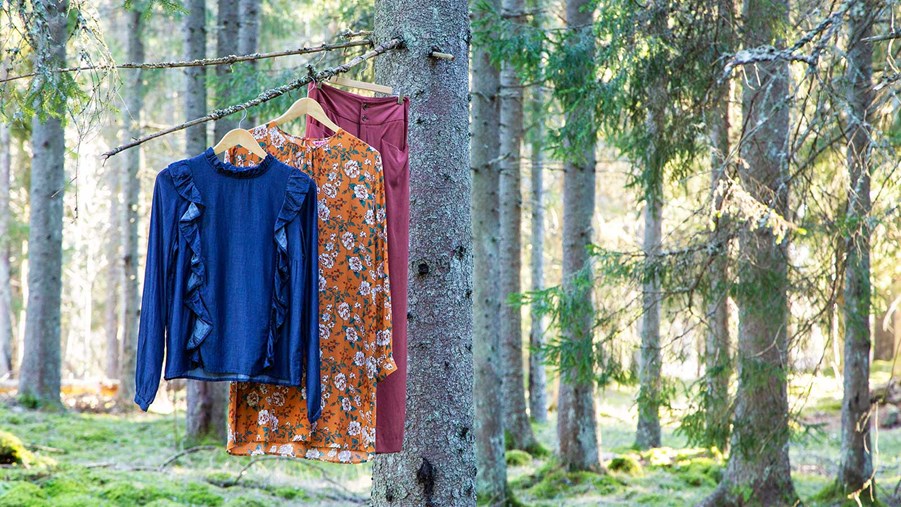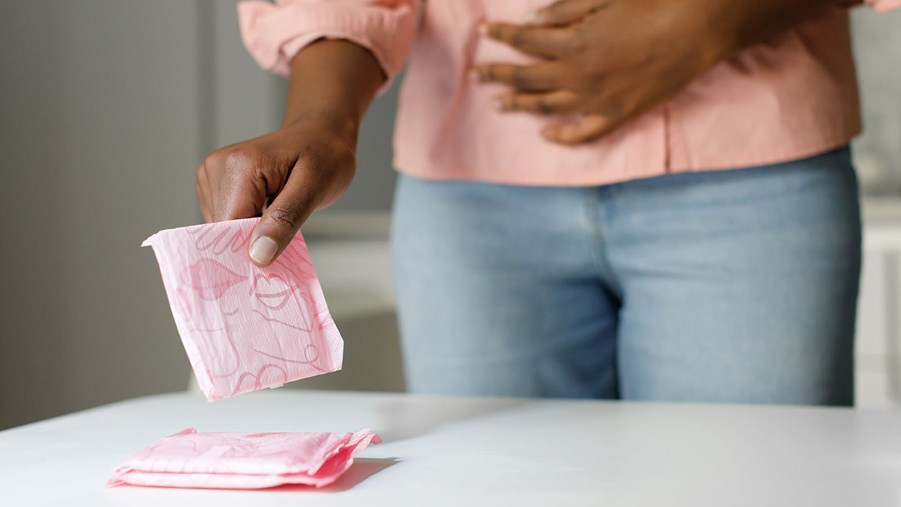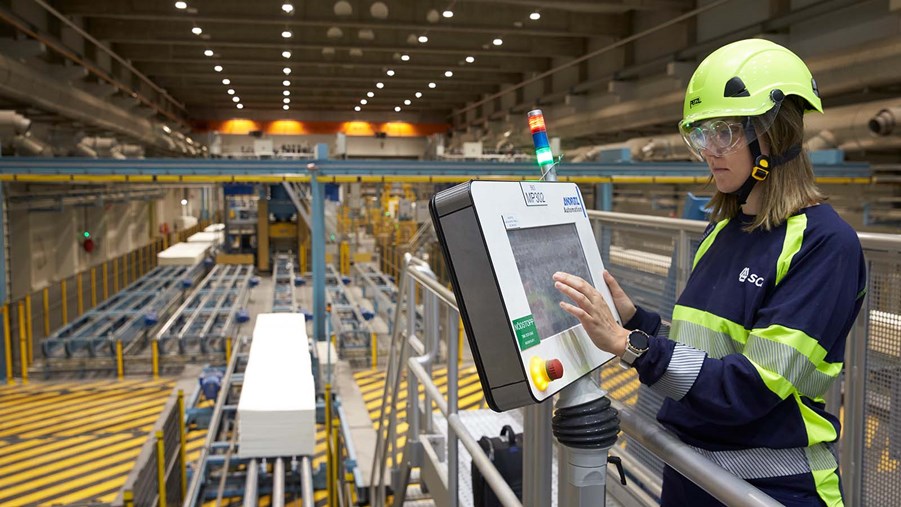Materials and products
We use products and materials from the forest every day. Everything from paper, medicine packaging and liquid cartons to high-rise buildings and infrastructure. Forest products and materials made of wood enable us to phase out fossil fuels, while sequestering carbon.
